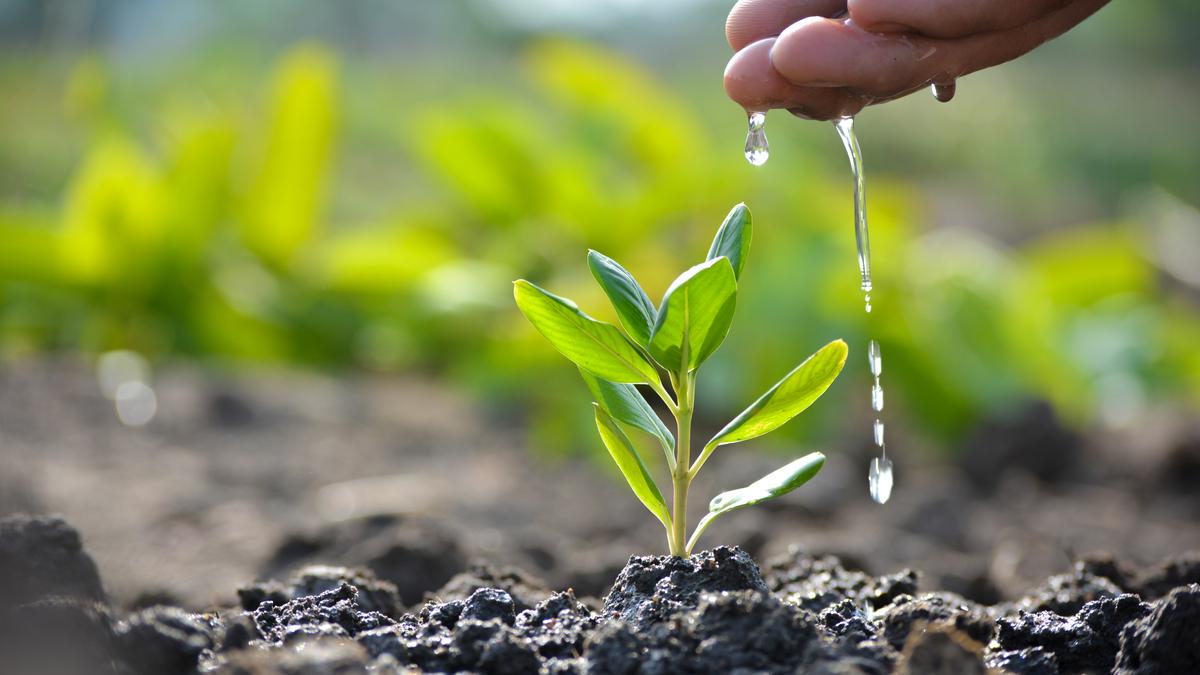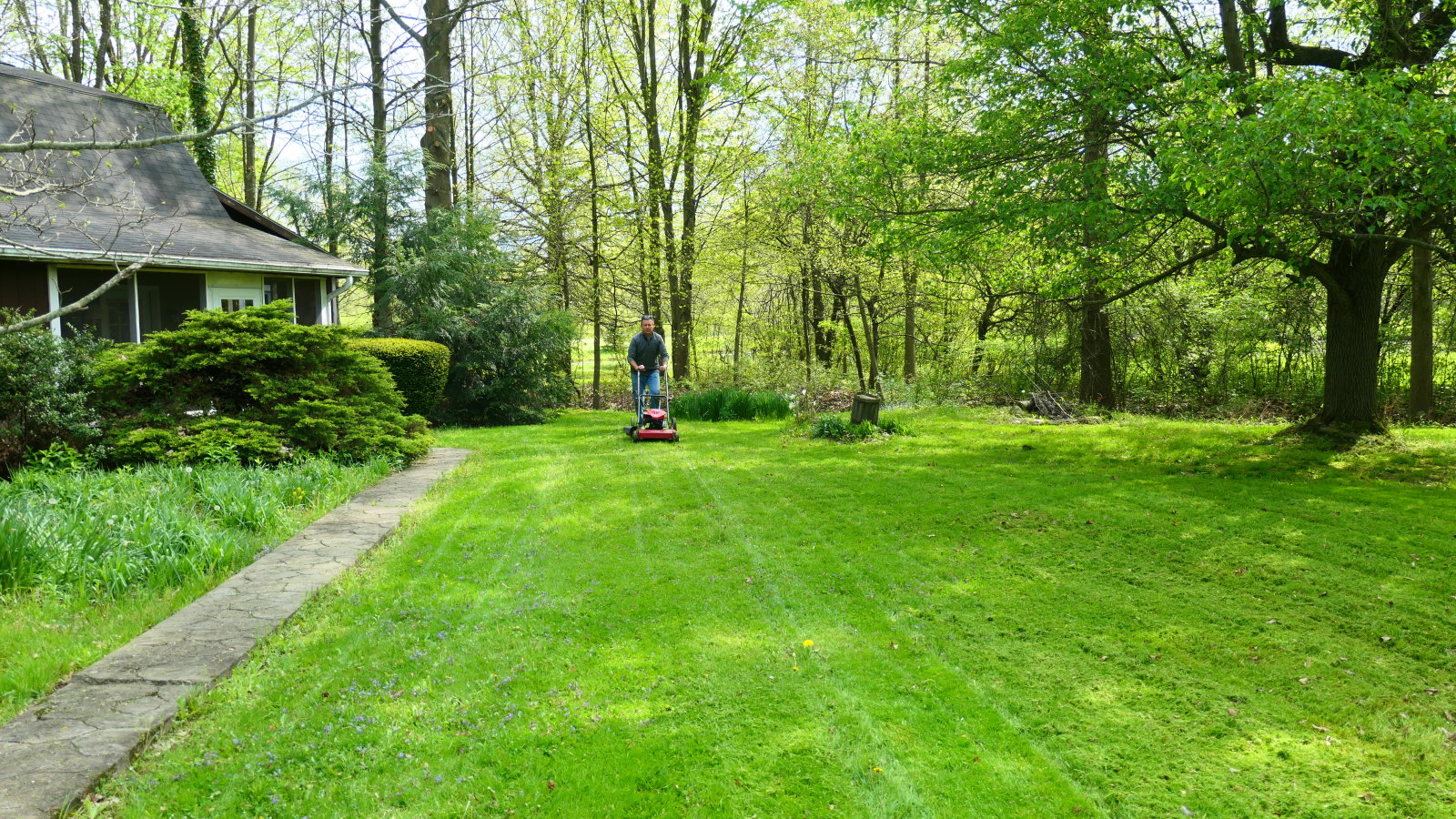Britain will plunge from a sweltering 22C on Friday to -5C in just a fortnight - as northern England and Scotland face a mid-April Arctic freeze. On Friday, April 4th, weather experts predict the UK will roast on the hottest day of the year, with the mercury set to soar to 22C (71.6F) in London and south-east England.
That would make it the hottest day so far in 2025, beating the previous 21.3C in both Northolt, west London and Chertsey, Surrey, on Thursday, March 20th—the day of the spring equinox. But by 17th April, new shocking weather maps by WXCharts.

com show some swathes of northern Britain will wake to a 6am -5C icy freeze—with snow and sleet set to bring chills back to the UK after the recent 'summer-like' days. Friday this week is set to sizzle across all of Britain, with 22C in the capital, 21C in the Midlands, and 19C in the south-west and Manchester—with Aintree's Ladies Day set to reach 20C. Saturday will be slightly cooler, with 18C across much of England and 17C expected at Aintree, in Merseyside, for the famous Grand National race.
Simon Partridge, a meteorologist at the Met Office , said of the immediate high temperatures: "High pressure is building over the UK. Most days are fine, dry and sunny, which is great," Partridge added, with the high-pressure system keeping Atlantic winds and rain at bay. Earlier this week, Jim Dale, meteorologist for British Weather Services, said: "The outlook for the next 10 days, as well as pleasantly warm, is very dry with no signs at all of the usual April showers.
“There may be some rain in the northwest and Scotland, but other than that, high pressure is dominating through the start of April and that means warmer, drier conditions.” This splendid weather offers a perfect opportunity for Britons to enjoy the outdoors, however, the balmy conditions could also spark danger. Warnings of an “extreme” wildfire risk have been issued for parts of the UK following a series of blazes in recent days.
The Met Office has issued an amber warning for fire severity across parts of England, southern Scotland and Northern Ireland, while the Scottish Fire and Rescue Service (SFRS) said there is a “very high to extreme risk” of wildfires. It comes after England saw its sunniest March on record and its sixth driest March since records began in 1836, according to the Met Office . Last month was also Wales’s second sunniest March on record and its fourth driest since 1836.
Garry Douglas, group commander from the SFRS, said: "There is a very high to extreme risk of wildfire from Wednesday 2 April until Monday 7 April and we are urging the public to avoid lighting fires outdoors across all areas of Scotland during this period. "During any period of heightened risk, fires can ignite easily, spread very quickly and burn with high intensity." Met Office spokeswoman Nicola Maxey said the risk is due to "dry weather which has been ongoing for a while now".
She said: "We have got dry, warm weather with some fairly strong winds. High pressure is dominating our weather at the moment, which is caused by the heat that we have been seeing. "Early in the winter we also had a very wet period which produced a lot of plant growth.
This exacerbates the risk with fuel for the fire." Firefighters tackled blazes in the Kilpatrick Hills near Glasgow on Tuesday. The Mid and West Wales Fire and Rescue Service also said it has responded to more than 40 incidents since Monday in areas spread across Carmarthenshire, Ceredigion, Neath Port Talbot, Pembrokeshire, Powys and Swansea, including one case affecting some 50 hectares of land in Llanllwni, Carmarthenshire.
The service said it received an “exceptionally high” number of calls relating to grass fires on Tuesday. London Fire Brigade urged people in the capital to take precautions against wildfires, as forecasts project temperatures hotter than Barcelona and Athens this week, peaking at 21C on Friday. Assistant Commissioner Paul McCourt said: “As the weather warms up and we head towards Friday and the weekend, we would urge Londoners not to have barbecues in open spaces or on balconies, including disposable barbecues, to throw rubbish away, and to dispose of cigarettes carefully to avoid inadvertently starting a fire.
” The last time wildfires hit London was in the 2022 heatwave, when UK temperatures soared above 40C for the first time. But looking ahead, the Met Office say the weather changes by April 17th, explaining: "An unsettled period is expected around mid-April, with interludes of rain or showers at times. "Temperatures are likely to be around average at first before climbing to above average later in the more settled weather.
"This means some warm or very warm days, especially further inland where winds stay light on fair days. This could also mean there might still be some chilly nights any clear skies.".
Environment

Cold weather charts show 27C drop in days as mid-April hit by bitter Arctic blast

The UK is set to sizzle with the hottest day of the year predicted on Friday - but new charts show we are just a fortnight from plunging -5C temperatures.















